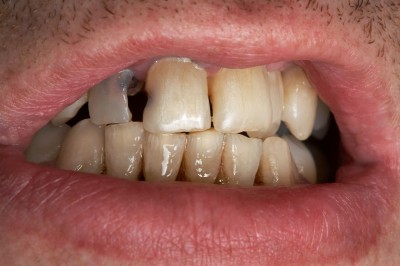Reptile research reveals secrets of Dental Implants

A research team, funded by the Biotechnology and Biological Sciences Research Council (BBSRC), will reveal how damage is caused to dental implants by releasing their findings after experiments on reptiles.
Moving three-dimensional computer models of the skull and teeth of a New Zealand reptile helped the team to discover how problems can be avoided though the relationship between our jaw, muscles and brain; with the research results set to appear in a future copy of the Journal of Biomechanics. The studies were based on the tuatara reptile, a New Zealand based lizard, which has teeth fused to its jawbone instead of teeth held in sockets like mammals. It is because they have no ligaments that their teeth resemble dental implants. Dr. Neil Curtis of the University of Hull, and BBSRC post-doctoral fellow, stated; ‘Humans and many other animals prevent damage to their teeth and jaws when eating because the ligament that holds each tooth in place also feeds back to the brain to warn against biting too hard.’
The research purpose was further explained by Dr. Marc Jones, another post-doctoral fellow from University College London; ‘In the sugar-rich western world many people end up losing their teeth and have to live with dentures or dental implants instead. They’ve also lost the periodontal ligament that would attach their teeth so we wanted to know how their brains can el what’s going on when they are eating.’
The team created a three-dimensional model of the skull of the tuatara to research the relationship between the jaw joints and muscles in a creature that lacks these periodontal ligaments. Evidence suggests that people with implants and dentures may make food choices related to their lack of periodontal ligament. How ever the tuatara eats a large range of foods in a varied diet. Dr. Curtis added; ‘Tuatara live happily for over sixty years in the wild without replacing their teeth because they have the ability to unconsciously measure the forces in their jaw joint and adjust the strength of the jaw muscle contractions accordingly.’
BBSRC chief executive, Professor Douglas, added; ‘To support the extension of health and wellbeing into old age, it is vital that we appreciate how we as humans have developed our extraordinary ability to adapt to adverse situations. This work allows us to understand some of the complexities of the feedback and responses occurring in healthy human bodies and brains.’
Join this Discussion









